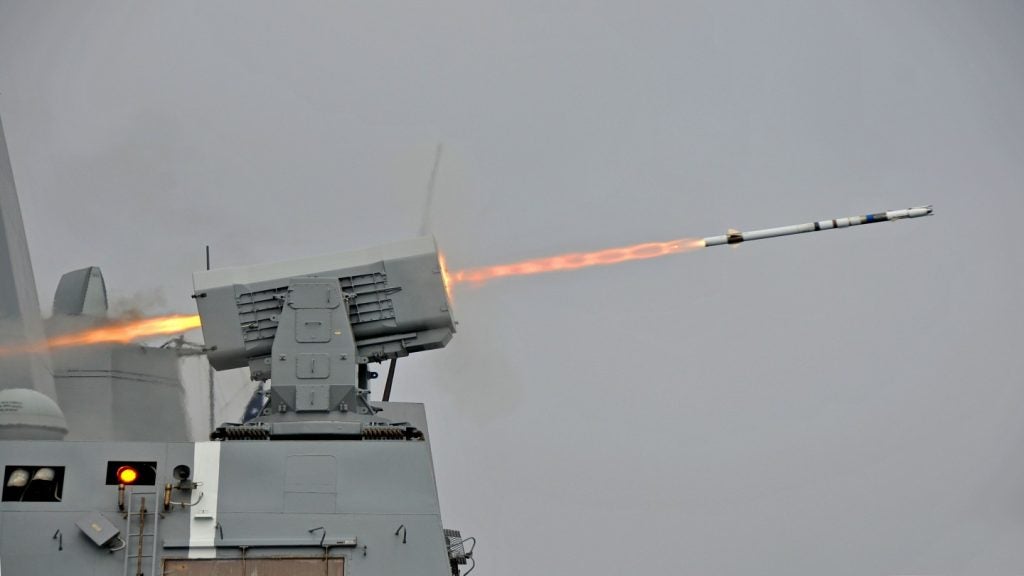The US Navy Office of Naval Research (ONR) has selected RADA Electronic Industries‘ RPS-42 tactical volume surveillance radar system for its ground-based air defense (GBAD) directed energy (DE) On-The-Move (OTM) Development Program.
The future naval capability development programme is aimed at representing a vehicle-mounted on-the-move short-range air-defence laser system to overcome low observable/low radar cross section (LO/LRCS) threats to Marine Corps forces, including UAS.
With delivery scheduled for July 2014, the new system is aimed at boosting the US Marine Corps’ (USMC) existing low-altitude air-defence capabilities in addressing new threats, specifically unmanned aerial systems (UAS).
Based on multi-mission hemispheric radar (MHR), the RPS-42 tactical volume surveillance radar system can detect, track and classify micro and mini UAS (Groups 1&2) at ranges of up to 10km.
The system is also capable of precisely tracking threats up to very high elevation angles, while operating on-the-move, and set up improved performance-to-price ratio.
In addition to detecting and tracking UAVs and short-range rockets, artillery and mortars (RAM), the system can detect and track other aerial targets such as fighter and transporter aircraft, helicopters among several others.
RADA CEO Zvi Alon said that investing massive R&D efforts have allowed the company to offer clients a unique system that can detect the smallest, low and slow-flying tactical threats.
Alon said, "This important capability gives forces the time to initiate countermeasures, thus saving lives and accomplishing their combat missions.
"Both the MHR and the compact hemispheric radar (CHR), which is used on combat vehicles for short-range protection applications, will be on display at Eurosatory 2014, and we invite you to learn more about the unique capabilities of these radar systems."
The RPS-42 system is also capable of detecting small, low and slow-flying UAS, which are considered to be vital tactical threats to manoeuvre forces, and cannot be detected by most existing air defence radars.
The MHR is an S-Band, software-defined, pulse-doppler, AESA radar, which is based on GaN and enables multiple missions on each of the radar platforms while combining C-UAS and C-RAM operational missions on the same radar.








